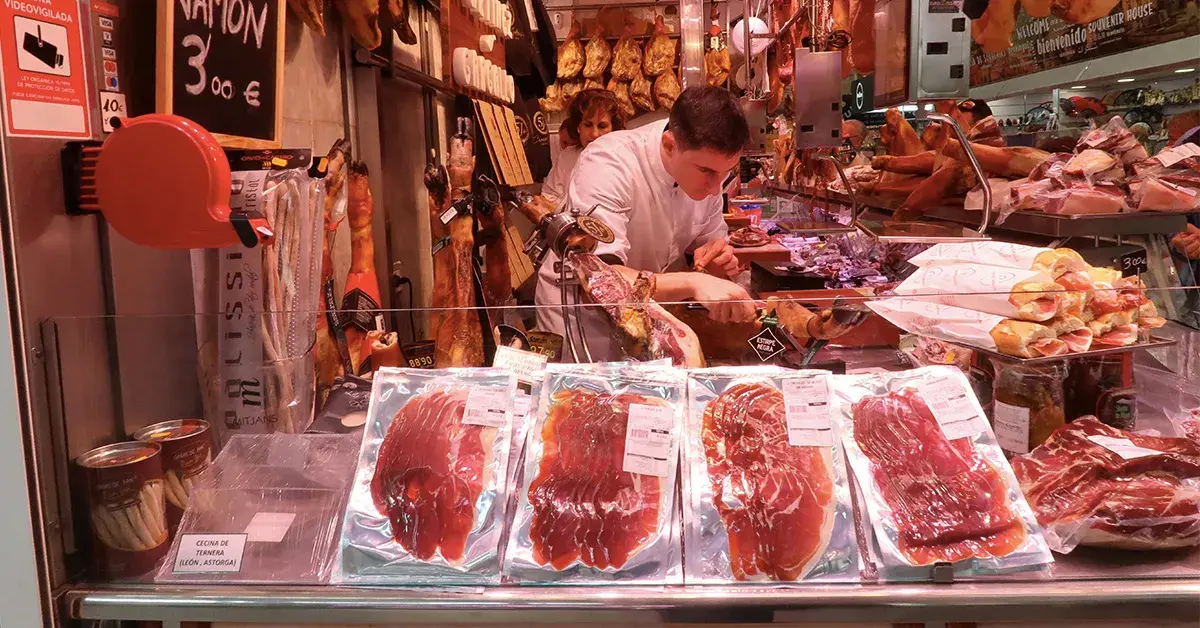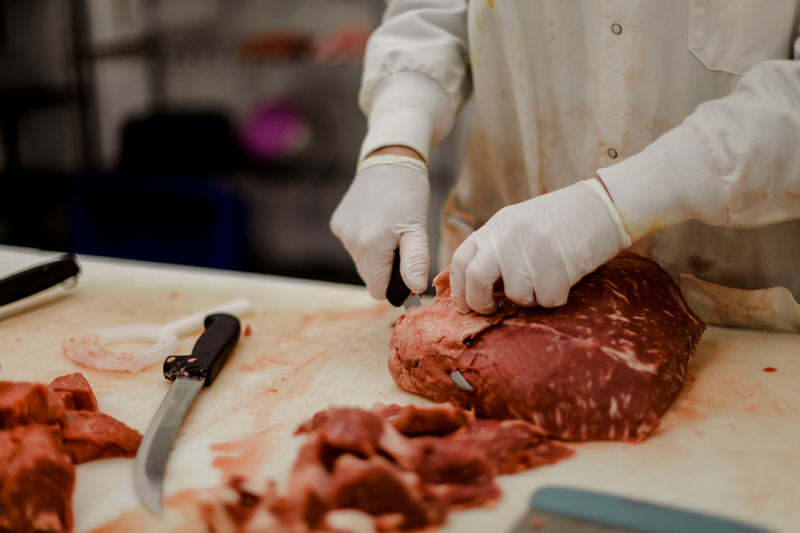Explore the Local Flavor at Bagley Farms Meat Market Edwardsville IL: Fresh and Delicious
Explore the Local Flavor at Bagley Farms Meat Market Edwardsville IL: Fresh and Delicious
Blog Article
Discover the Art of the Butcher's Cut in a Modern Meat Market
In the ever-evolving landscape of modern meat markets, the butcher's cut has actually transcended its traditional origins, merging old-time craftsmanship with modern methods. What truly establishes the contemporary butcher apart is their capacity to create a much deeper connection in between consumers and the beginnings of their meat.
Evolution of Butchery Strategies

The mid-20th century saw butchery techniques additionally improved by clinical understandings into muscular tissue biology and meat aging, enhancing both inflammation and preference. Innovations like vacuum product packaging and refrigeration expanded product shelf-life, enabling butchers to branch out offerings and boost quality assurance. This period also noted the rise of specialized tools, such as band saws and meat slicers, which boosted precision and efficiency in meat handling.
Electronic systems currently help in monitoring animal provenance and maximizing cuts to meet certain customer choices. Additionally, a renewal in artisanal butchery has arised, mixing standard abilities with contemporary expertise to cater to customers looking for ethical and lasting meat alternatives.

Recognizing Meat Cuts

Recognizing the details of meat cuts is crucial for both butchers and customers looking for top quality and worth. Each cut comes from a different part of the pet, presenting one-of-a-kind tastes, appearances, and food preparation approaches. Proficiency of these distinctions not just boosts cooking experiences however likewise maximizes the utility of each carcass. For butchers, precise cuts mirror ability and regard for the craft, guaranteeing very little waste and optimal yield.
The key classifications of meat cuts include primitive, sub-primal, and retail cuts. Butchers then break these down additionally into sub-primal cuts, before ultimately producing retail cuts readily available to consumers, like ribeye or tenderloin.
Comprehending muscle structure is crucial; muscular tissues utilized more regularly by the animal have a tendency to be tougher and are best fit for slow food preparation methods, while less-used muscle mass, like those found in the loin, are a lot more tender and perfect for grilling or roasting. Experience with these distinctions encourages customers to make enlightened choices, enhancing their culinary endeavors.
Choosing Top Quality Meat
Picking the ideal meat includes more than simply choosing a visually appealing item from the screen. The art of selecting top quality meat needs a discerning eye and expertise of certain qualities that represent quality and quality.
Secondly, take into consideration the marbling, which describes the white flecks of fat within the muscular tissue. Appropriate marbling is an essential indication of inflammation and flavor, as it thaws throughout cooking, boosting the meat's juiciness. Keep in mind, higher marbling usually associates with premium top quality cuts, such as USDA Prime.
Structure is another critical aspect; meat should really feel Find Out More solid to the touch, not slimed or excessively soft. Additionally, be conscious of the scent. Fresh meat should have a tidy, neutral smell, without any type of sour or off-putting smells.
Pairing Cuts With Cooking Methods
Efficiently pairing cuts of meat with the suitable food preparation approaches is important for accomplishing ideal taste and appearance. These approaches boost the meat's natural flavors and make sure a juicy coating.
Alternatively, harder cuts like brisket and chuck roast are rich in collagen, which breaks down right into gelatin when cooked gradually. These cuts are optimal for braising or sluggish roasting, allowing the meat to soften with time and create deep, complicated tastes. Likewise, cuts such as short ribs and pork shoulder fare well with slow-cooking techniques, where expanded cooking times transform their durable textures right into delicious meals.
Lamb shanks and oxtail, which require extended food preparation to tenderize, are best prospects for cooking or slow-moving simmering. These methods coax out abundant, hearty tastes while maintaining moisture. By comprehending the special features of each cut, chefs and home cooks alike can boost their cooking creations, making certain each recipe is both satisfying and unforgettable.
The Butcher's Role Today
Browsing the progressing landscape of the contemporary meat market, the butcher's function today extends beyond mere preparation of cuts. Contemporary butchers are cooking craftsmens, teachers, and advocates for lasting methods.
Along with crafting precise cuts, butchers currently engage directly with have a peek at this website consumers, offering cooking guidance and customizing choices to fit private needs and choices. Their expertise in meat aging, marbling, our website and taste profiles equips consumers to make informed choices, boosting their cooking experiences. This customized service exemplifies the butcher's progressing role as a relied on advisor in the kitchen area.
Additionally, butchers are pivotal in minimizing waste, utilizing entire animals to create diverse products such as sausages and supplies - bagley farms meat market edwardsville il. This detailed approach not just respects the animal yet also aligns with modern sustainability objectives. By doing this, the modern-day butcher personifies both custom and development, adjusting to an ever-changing market while maintaining the virtuosity and stability of their craft

Verdict
Mastery in understanding varied meat cuts and high quality indications encourages butchers to supply enlightened referrals, straightening certain cuts with optimum food preparation techniques. By recognizing historical techniques while accepting contemporary needs, the butcher's duty continues to be crucial in today's advanced meat market.
Report this page